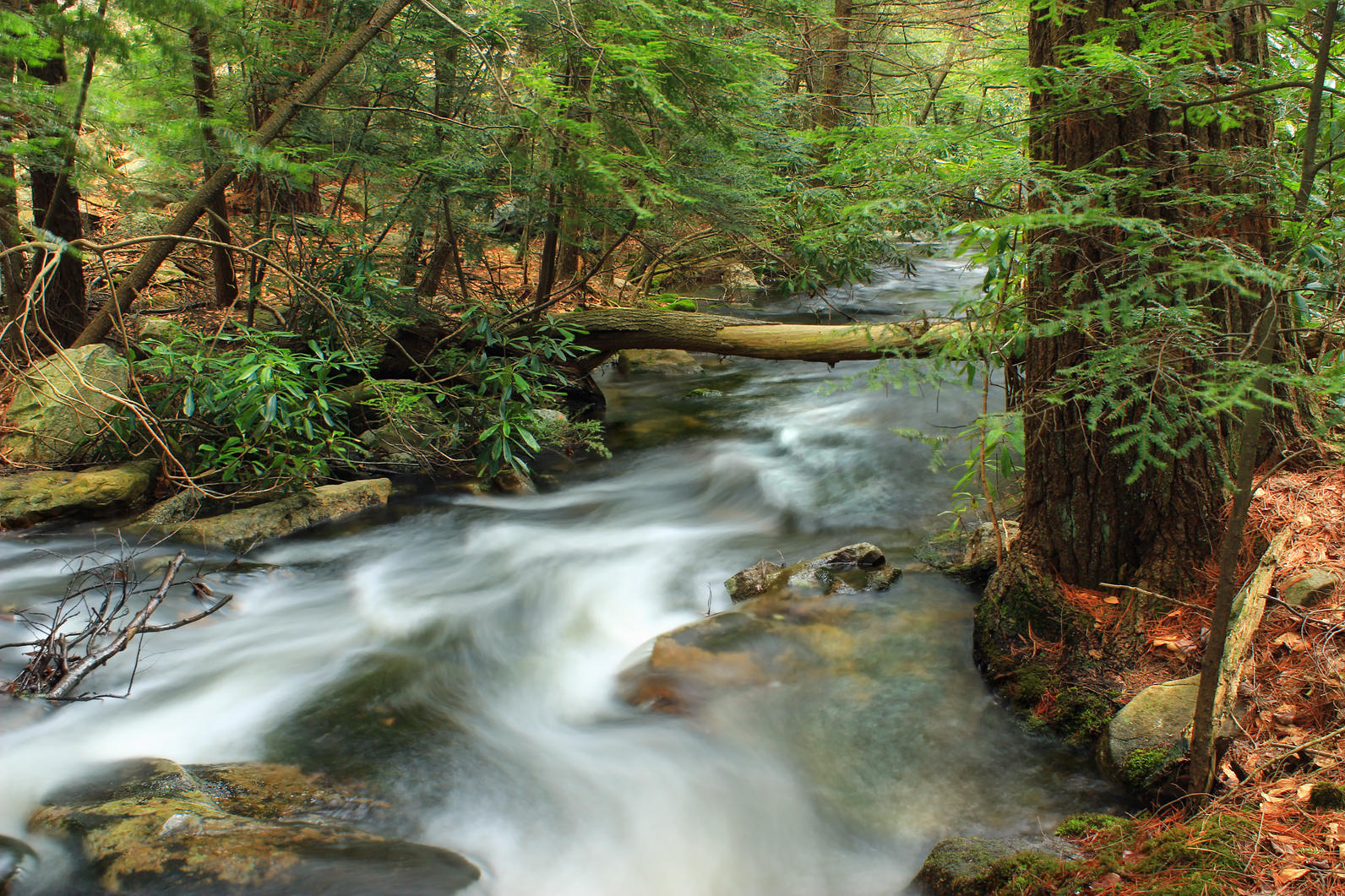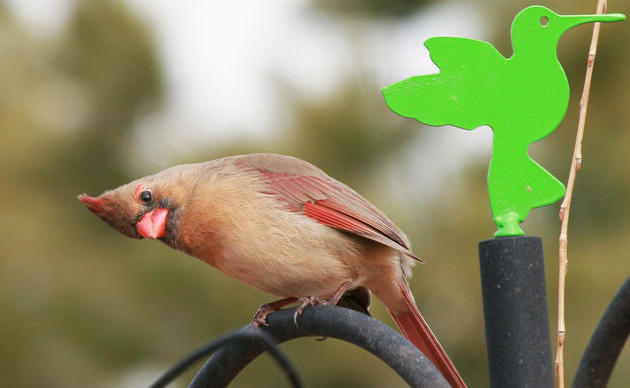Carbon County Releases 2018 Return on the Environment Report
See original page here or read the entire article below:
The Carbon County Return on Environment (ROE) report demonstrates how open space is greatly contributing to the health of the local economy, as well as to a lower cost of living and improved quality of life for Carbon County citizens.
More than just pretty places, Carbon County’s forested ridges and stream valleys are productive assets that generate over $800 million annually in avoided costs for natural system services and air pollution removal, revenues from outdoor recreation and local and state taxes, and increased tax revenues from real estate premiums. Its resources have historically provided essential goods and services to ensure the survival and economic prosperity of residents and the millions of people who live close by and downstream.
Carbon County supplies communities with sparkling clean drinking water, critical wildlife habitats, flood protection, and impressive recreational and tourism opportunities. Seasonal outdoor recreation activities attract millions of visitors annually, playing an important role during tough economic times.
The biggest challenge facing Carbon County is promoting sustainable economic growth while maintaining its high quality of life, low cost of living, good health, and the unique sense of place that has been the region’s hallmark for hundreds of years. The careful protection, management, and use of its natural resources are essential to the long-term sustainability of nature and the local and regional economies.
Highlights from the data collected in 2017 to generate the report reflect the economic value derived from Carbon County’s natural resources, watersheds, and land:
• $652.4 million in annual savings for natural system services
• $108.8 million in outdoor recreation revenue
• $14.4 million in added annual property tax revenue from properties in proximity to water
• $7.9 million in total estimated avoided healthcare costs for air pollution
The report was compiled by the Kittatinny Coalition and Keystone Conservation Trust with assistance from the Carbon Chamber and Economic Development Corporation and numerous local stakeholders.

How you can help, right now
Donate to Audubon
Help secure the future for birds at risk from climate change, habitat loss and other threats. Your support will power our science, education, advocacy and on-the-ground conservation efforts.
Become a Monthly Donor
Donating monthly is flexible, easy and convenient and makes you a champion birds can count on, no matter the season.





